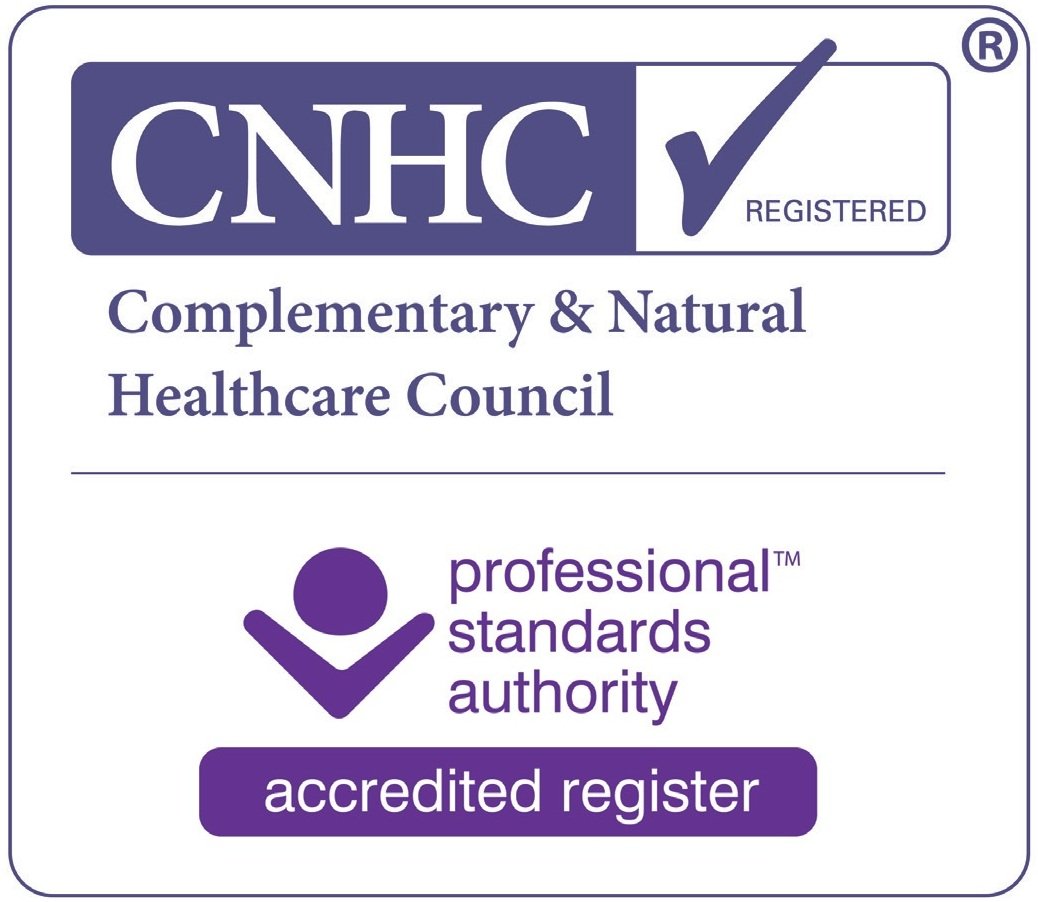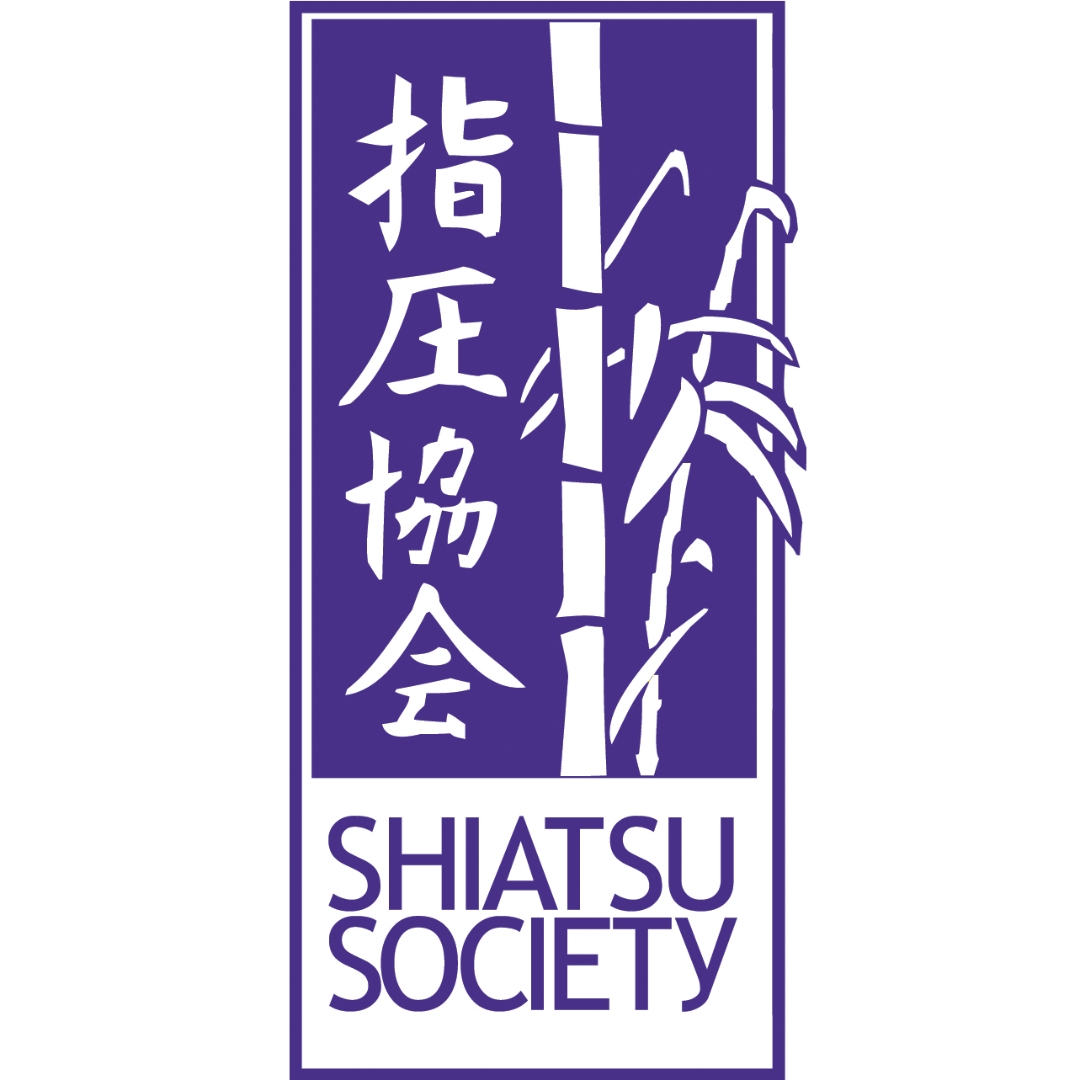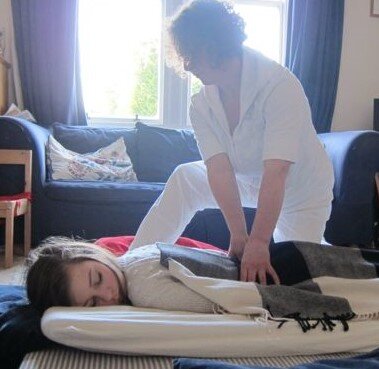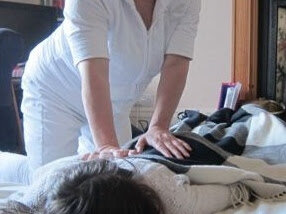“It was like the sting had gone out of the serpent’s tail somehow! Wonderful.”
— Client Testimonial
What is Shiatsu?
Shiatsu is a preventative, complementary therapy, and it is used to help maintain and boost health. You keep your clothes on when receiving Shiatsu.
Shiatsu means thumb or finger pressure. It is part of an East Asian tradition which has been continually updated and revised over centuries. There are many styles of Shiatsu and they draw from the traditional Chinese and Japanese philosophy, theory and practice of finding and maintaining a balance of Ki (also known as chi or qi).
Most people find that Shiatsu is a deeply relaxing experience. They come for a session to relax, de-stress, and find balance in their daily lives. It is a holistic therapy that respects all aspects of you as an individual.
You can find answers to some Frequently Asked Question below.
Shiatsu can help with:
Back pain
Asthma and lung symptoms
Digestive Problems
Headaches and migraines
Whiplash injuries and neck stiffness
Joint pain and reduced mobility
Menstrual problems
Depression, anxiety, panic attacks
Emotional issues
Spiritual concerns
Cancer
MS
IBS
ME/ Chronic Fatigue
Tamsin is a CNHC registrant and a member of the Shiatsu Society (UK).
How does it work?
The underlying basis of Shiatsu is that vital energy flows and vibrates throughout the body. Ki is the active part of ourselves. For many different reasons (some physical, others mental, emotional and spiritual), it can stop flowing freely and this then produces a symptom or uncomfortable feeling. The right touch draws attention to a particular body part within the whole, giving the receiver the opportunity to make connections and adjustments to bring about relief.
What will happen in a session?
In a Shiatsu session I will listen to you telling me about yourself and how you are. Depending on your constitution and general energy levels, I would then use a variety of touch which might include gentle holding, using my palms, thumbs and fingers, elbows, knees and feet on the acupressure points; and incorporate subtle movements to stretch and promote a sense of balance and wellbeing. I encourage feedback, questions, stillness and quiet - whichever is best for you. Where appropriate, there can be a counselling aspect, and recommendations can be made regarding diet and exercise to aid self-care and prolong the benefits between sessions.
Pricing:
One hour £60
3 x 1 hour sessions booked in advance £170
30 minutes £40
15 minutes £25
Concessions available.
How does it feel?
The different types of touch can produce various sensations in your body. People report that it can feel very light, that it does not hurt, but that there is a deep awareness as if I am penetrating into their body which calls attention to, and disperses tension. They often say that my touch is very warm and nurturing, especially in places which were tired or painful when they arrived. Shiatsu can also involve firm and strong pressure if you want it and it is advisable. This helps to ease stiff joints and release tight muscles. Alternatively, or in other places, Shiatsu can be still and soft, with a sense of being held.
There are no sudden movements or clicks and there should be no pain during treatment. Comfort is most important and, if you like touch, Shiatsu promotes a profound sense of relaxation quite unlike other forms of massage. You, the receiver, are always in control of the level and duration of the contact.
Watch Shiatsu and its Benefits
This short video by the Shiatsu Society UK outlines the benefits of receiving Shiatsu.
FAQs
How many sessions will I need?
You are encouraged to book 3 sessions initially, at fortnightly intervals, particularly if you are consulting about a problem that has been around for a long time. This will allow you to experience what Shiatsu can do for you.
The first session gives us a chance to meet, and you can ask questions and feel what it is like
In the second session you will be able to relax more deeply and any reactions which you had after treatment number one can be discussed. A plan can then be made
By session three you will either feel better or know whether this is something that will be able to help you in the medium to long term
Please note that this is not a rule, and you are welcome to try a single session without committing to three!
How frequently should I have Shiatsu?
In theory, Shiatsu should not be received more than once a week (to give you the chance to integrate the effects). If you would like to see a cumulative improvement, you are invited to come again within the month. We all respond differently, so please make the decision that is right for you. It is likely that the benefits will last longer each time you have a treatment.
What should I expect from my Shiatsu treatments?
At the beginning of each session we chat about why you have come - all information about yourself is considered relevant, as Shiatsu is a form of holistic therapy. The hands-on part takes up the majority of the time (I can also treat off-the-body if there is an injury or another reason not to touch directly), and there is also time at the end for feedback and questions.
An in-depth case history will be taken at the first session, which includes details of any medical conditions and doctor’s information, if appropriate. This aids the diagnosis and can lead to advice on diet, exercise, breathing and other topics. You can read about my counselling training in the About page if this is relevant to you.
What should I wear for Shiatsu?
Please wear warm, loose, clean and comfortable clothes, including socks, where possible. Food should not usually be consumed immediately before treatment, although a very empty stomach is not encouraged either.
Who can have Shiatsu?
Everyone! Shiatsu is suitable for all ages, and can be of great benefit to people from before the beginning to the end of life. There are situations in which I would use much less weight (eg osteoporosis) or refrain from touching certain parts of you (eg pregnancy). As I am highly experienced, I understand the safety issues and take them very seriously. I will also work closely with you on what feels right and positive.
Read more about Shiatsu for certain people and conditions below:
Cancellation
If you have made an appointment which you cannot keep, please inform me as soon as you can. I will usually make a charge if notification is made within 24 hours of the session start time.
Covid-19 Safety Measures
In-person Sessions
I am now offering Shiatsu sessions again. I am being careful, wearing a mask and socially distancing as instructed.
Please be vigilant for signs of even a moderate cold or cough or similar symptoms and cancel your appointment if you have any. Usually, I ask for 24 hours notice, but in this case, even last minute cancellations are acceptable (07821 264 882).
Covid rules and hygiene measures in line with the recommendations of the Scottish Government:
In the name of good practice:
We will both wash our hands thoroughly before entering the treatment roomHand sanitizer and individual towels will be available
Each individual will have their own cloth and the pillow case will be washed after every session
You are welcome yo request that I wear a mask. You can choose to wear one too.
The guest toilet, door handles, hand rails and surfaces etc will be sanitised before and after each client
Online Sessions
For those who prefer not to attend in person, but would appreciate some support, I am giving online sessions in which we discuss how you are and what you need. In response and with agreement, I devise exercises for you to do with me, and afterwards, and teach acupressure points and other ways to touch which are useful, beneficial and safe. To find out more details, please visit the Book a Session section of this site or call 07821 264 882.
Shiatsu in pregnancy and labour
Regular Shiatsu during pregnancy is a calming and safe way to enjoy your body and connect with your baby. Shiatsu can help relieve back pain, nausea, heartburn, anxiety and other symptoms, also to prepare you for an easier labour and quicker recovery time. Starting in the fourth month will give you optimum support.
Shiatsu can be used as a safe way to bring about labour after due dates have passed and in the event of suggested induction by the hospital or midwife.
Shiatsu can also be used during labour by the mother, birth partner, or midwife. Shiatsu stretches are a great way to work positively through the first stage. They are easy to learn and safe to perform. There are also acupressure points that will help deal with pain, quicken up proceedings and calm nerves. Shiatsu is a helpful way for birth partners to feel involved and really do something to support the mother.
Workshops or one-off sessions with me will give you tips and training in this rewarding area.
Suzanne Yates of Well Mother, one of my teachers, has written this blog post with with helpful exercises for pregnancy.
Sessions are of course open to any birth partners who would like to learn basic techniques that can assist the pregnant woman and their children.
Family members of the pregnant woman may also benefit from sessions on their own.
Shiatsu for children and babies
Shiatsu is a beautifully gentle way of working with infants. It can soothe digestion, and aid circulation; it can promote sleep and a happier nature by balancing up the body’s energy which might have been disturbed by a challenging birth, teething etc. Much of this work can be done in a class situation in which the parent or carer is taught to carry out the massage. It is a wonderful way of developing a loving relationship with your child.
Classes are run in series of 5 and each one lasts for one hour. You will receive a bottle of massage oil and written hand-outs to take home for aiding memory.
I also have experience in working one-to-one with babies who have been born with a difficulty in certain areas – promoting crawling and walking, for example – and other aspects of natural development that are slow to unfold.
Shiatsu massage is helpful for children and teenagers who suffer from headaches, asthma, eczema, repeated ear infections, concentration difficulties, and many other problems. Shiatsu can help by identifying patterns of movement and energy that can be stimulated or soothed by the parents, or by myself, and relief can follow. I believe that the parent(s) (or other primary carers) are the most important people in their child’s life and I spend time showing them what is possible so the massage can be continued at home in a playful and relaxed way. Everything I suggest is designed to be enjoyed by the child.
I also teach classes in which children learn to give Shiatsu to their parents and vice versa. The classes show how children know innately what massage they need and how to give it. I have experience teaching children of all ages.
Shiatsu for Cancer, MS, IBS and ME/Chronic Fatigue
Cancer
There is a long history of Shiatsu being beneficial for those with cancer. Over the years I have undertaken further training in this area and worked with people with all sorts of diagnoses. One of the most successful ways to use Shiatsu is to have a session on the same day as your chemo- or radio-therapy. This seems to provide the best possible results in diminishing side effects and aiding recovery from treatment. One of the venues where I give Shiatsu is approximately 10 minutes drive from the Western General in Edinburgh where some cancer treatment is carried out, and I am pleased to be flexible with treatment times to suit you.
I am a member of the complementary health team at my local hospice in Edinburgh and as such, frequently work with and support those going through the advanced stages of cancer.
I am often asked if Shiatsu can worsen or spread cancer. In my experience it does not. Shiatsu does not aim to move the blood or lymph around the body, it is deeper than that. It seeks to balance all the body systems, tapping into the innate human need to survive and supporting people to find their own ways to heal or to have what is now called a ‘good death’, that is, one which has been informed and discussed with all involved in order to bring about the best possible circumstances. I am well informed in medical and research matters and am confident that Shiatsu is a positive force in these situations. Please do contact me if you want to ask questions.
Multiple Sclerosis (MS)
I have worked with a number of clients who have MS and it is an area I am very interested in. On the internet you will find quite a lot of personal recommendations from people who have enjoyed it and found it beneficial. I can visit you in your own home (if Covid-19 restrictions allow) and we can work in a variety of positions – in a chair or wheelchair, on the floor, or in bed if necessary. I do not make extra charges to come to you if you cannot come to one of my clinics.
Read more:
Shiatsu and MS by Robin Grant
Shiatsu and MS - Discussion
IBS
I have a great deal of experience working with those with Irritable Bowel Syndrome and believe I can say that Shiatsu is helpful in almost every case. Not only can I give you touch treatment that should ease and relieve symptoms in the short term, but more importantly we can look at the underlying causes. I can also teach you to treat yourself at home giving you the skills to deal with what can be such a debilitating set of symptoms.
ME and Chronic Fatigue
I also work with many clients who have Chronic Fatigue Syndrome or myalgic encephaloyelitis. Sessions are gentle and I spend time listening and taking a detailed case history so that I am able to devise a treatment plan to suit each individual. Happily, I see people slowly recover and, more importantly, if they do have a relapse they have a greater understanding of why, and can therefore reduce the occurrence of these incidents.
A note on complementary therapies…
There are many traditional and complementary treatment methods available, to suit us all with our diverse needs, preferences and backgrounds. Shiatsu is complementary, not an alternative. We train for an initial period of three years, and undertake follow-up post-graduate training on a regular basis in order to be safe, insured and on registers of professional organisations.
Like all medicine, Shiatsu can be effective for some and not others, and as a serious therapy it may take time (3-5 treatments) for lasting benefits to become apparent, especially if you have experienced long-term symptoms.







